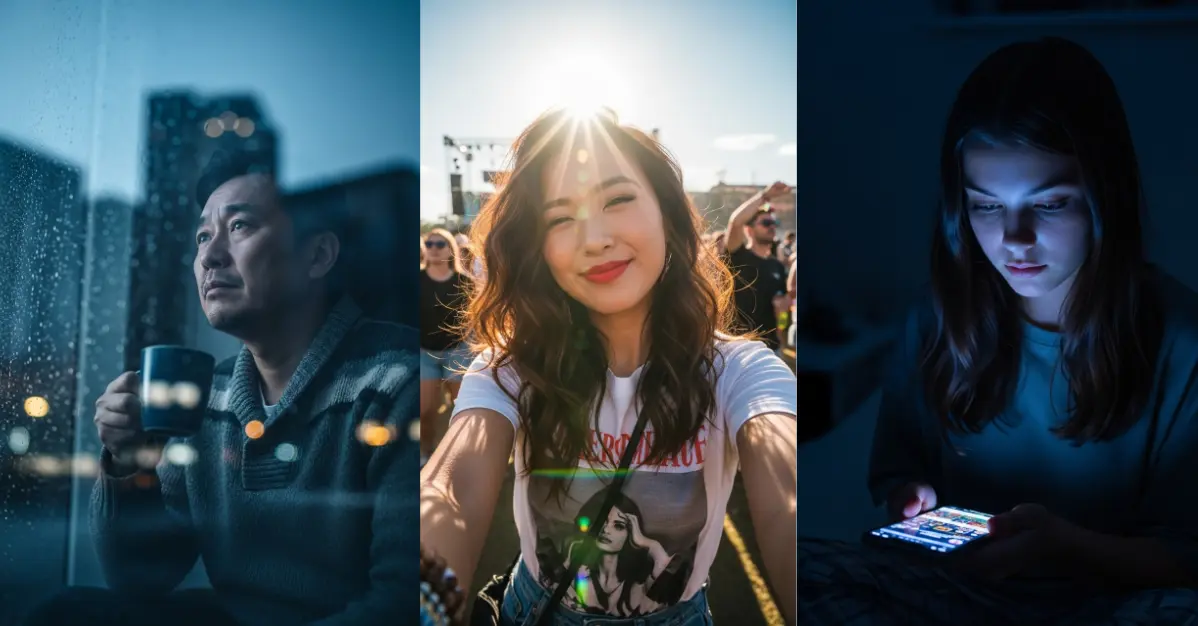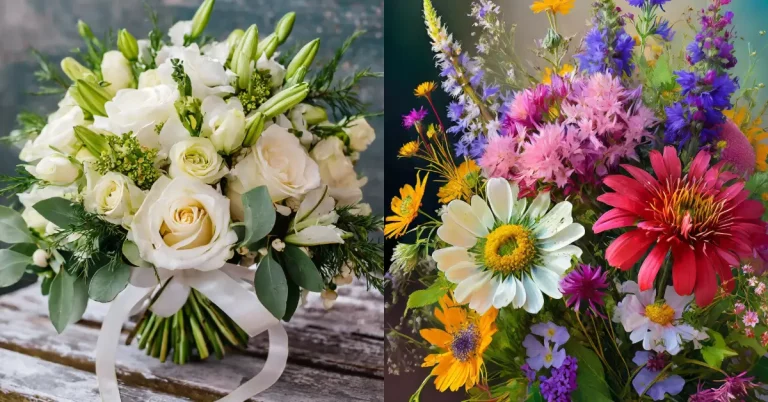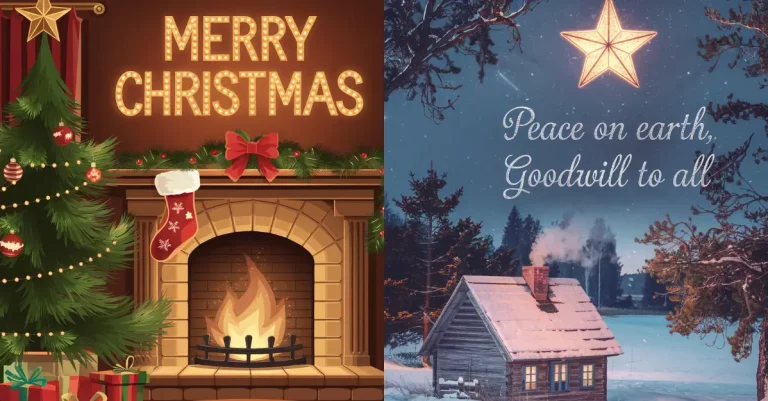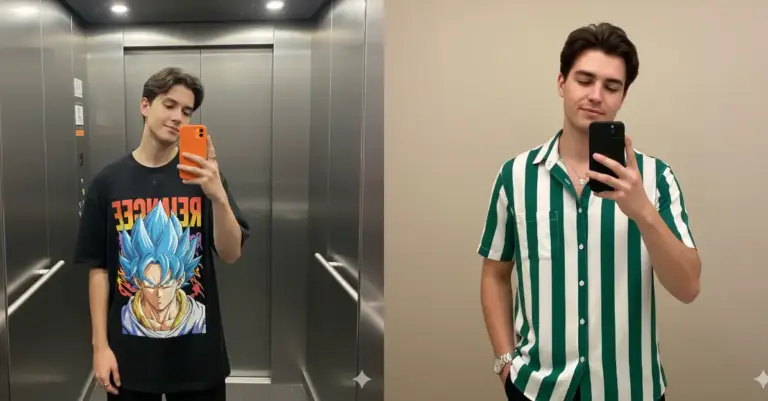25 Prompts to Create Realistic Photos Using Google Gemini
AI photo generation has come a long way. Google’s Gemini, powered by the new Imagen 4 model, creates images that look surprisingly real.
You can generate images directly through Gemini or Google AI Studio. The key is knowing how to write prompts that produce photographic results instead of obviously artificial images.
What Makes Photos Look Real
Real photos have specific qualities that our eyes recognize instantly. They have natural lighting, authentic emotions, and the small imperfections that make life interesting.
When I started testing Gemini’s image generation, I focused on these elements. The best results came from prompts that specified lighting conditions, camera techniques, and genuine human moments.
People Photography Prompts
I tested dozens of people-focused prompts. Here are the ones that consistently produced realistic results.
Candid Emotions
Create a candid laughing portrait of a young woman with freckles, head tilted back in genuine joy, golden hour sunlight creating a warm lens flare, beautiful bokeh background of a park.
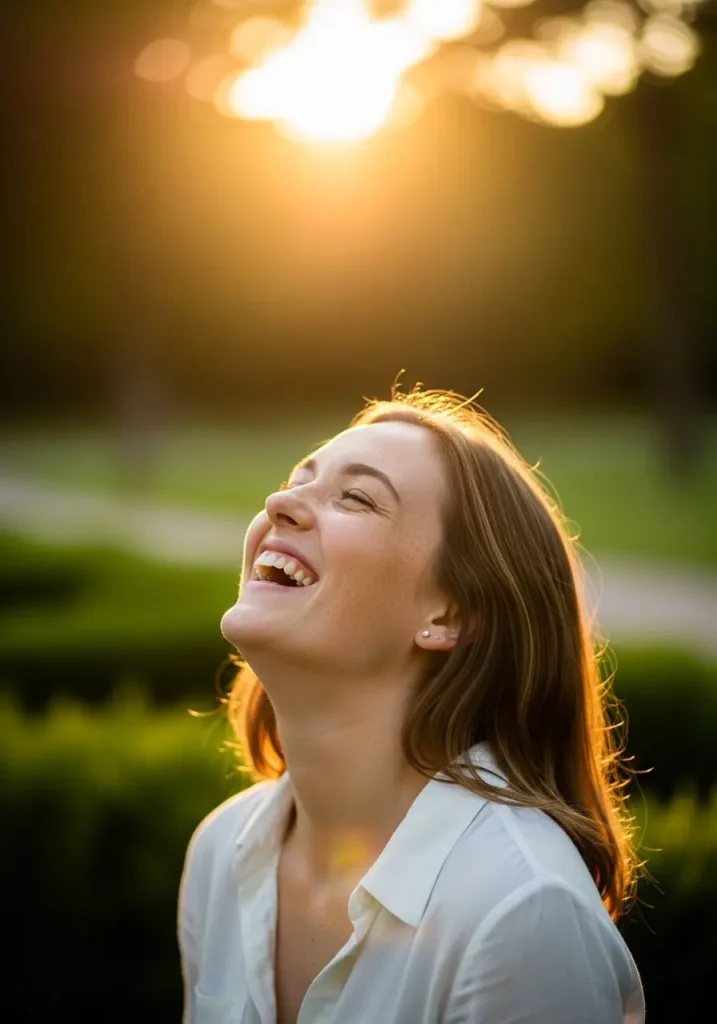
This prompt works because it captures a real moment. The technical details like golden hour lighting and bokeh help sell the authenticity.
Environmental Portraits
Create an environmental portrait of a skilled carpenter sanding a piece of wood in their workshop, surrounded by tools, soft morning light filtering through a dusty window, candid moment, captured in a photojournalistic style.
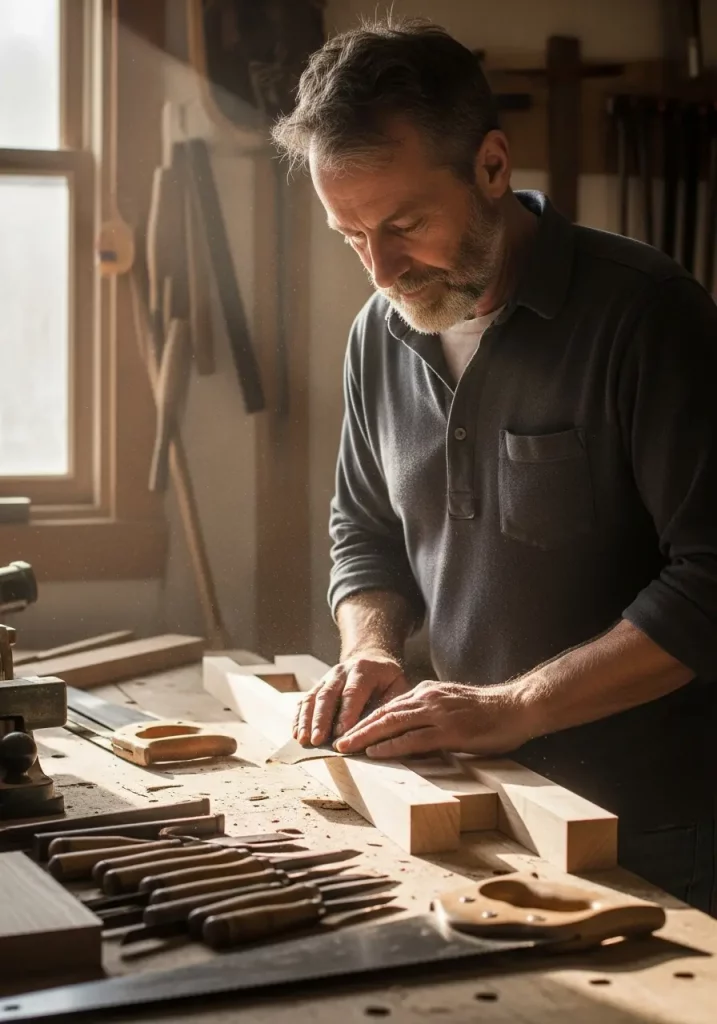
I love how this prompt combines storytelling with technical photography terms. The dusty window detail makes it feel lived-in.
Modern Lifestyle
Create a selfie of a young woman at a music festival. The sun is high in the sky, causing her to squint and creating a hazy lens flare.
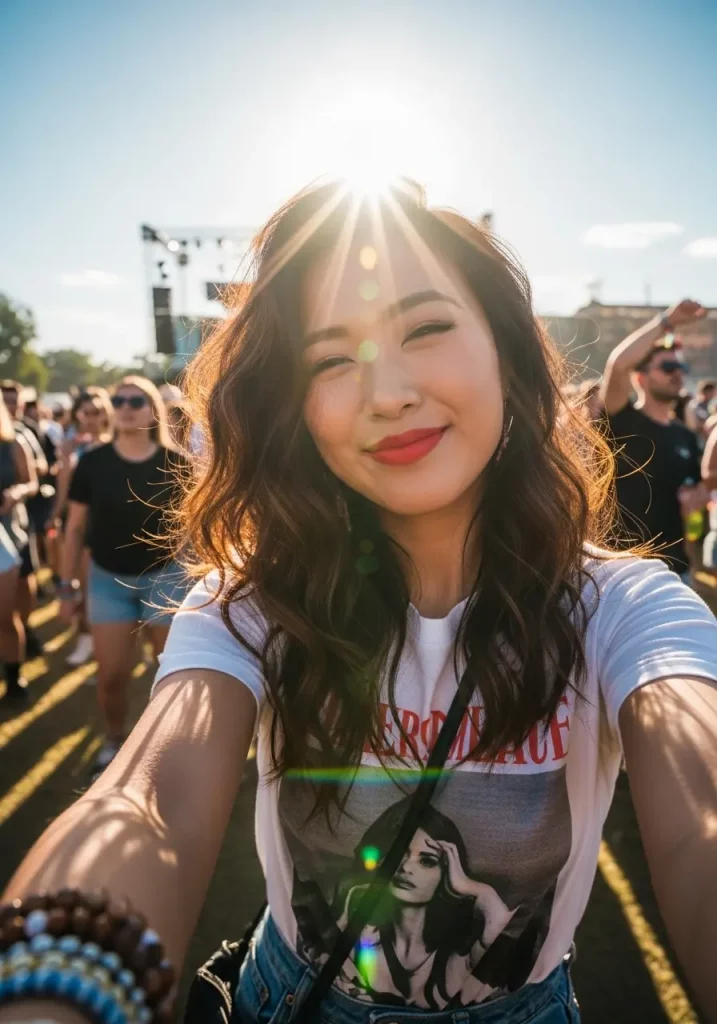
Simple but effective. The squinting detail is what makes this feel real – it’s something that actually happens in bright sunlight.
Classic Portrait Techniques
Create a dramatic black and white portrait of a grizzled fisherman with a thick beard against a dark background, Rembrandt lighting technique, high contrast, showing strong character lines and emotion

Using specific lighting techniques like Rembrandt lighting tells the AI exactly what kind of mood you want.
Fashion and Movement
Create a full-body fashion shot of a tall model in a flowing red dress walking down a bustling New York City street, motion blur in the background, subject is in sharp focus, dynamic pose, editorial style

The motion blur detail is crucial here. It mimics what cameras actually do when shooting moving subjects.
Moody Atmospheric Shots
Create a candid photo of a lonely man holding a coffee cup looking out a rain-streaked window, pensive mood, cool blue tones, reflections of city lights visible on the glass, soft focus on the background.

Weather effects like rain streaks add authenticity. These are details that happen naturally in real photography.
Adventure Photography
Create a low-angle, powerful shot of a solo hiker with a backpack standing on a cliff edge, looking out at the Scottish Highlands, dramatic overcast sky, wind blowing through their hair and clothes, cinematic wide-angle shot.

The wind detail brings life to what could be a static image. Movement sells realism.
Documentary Style
Create a high-contrast, sun-drenched photo of a fit surfer carrying their surfboard on a beach in Australia, harsh midday sun creating strong shadows, vibrant colors, shot with a polarizing filter to deepen the blue of the sky and water.

Mentioning specific filters and their effects shows the AI how real photographers work.
Urban Night Photography
Create a street photograph of a stylish woman in a trench coat hailing a taxi at night in Tokyo, neon lights from storefronts reflecting on the wet pavement, sense of urban loneliness, style of a modern street photographer.

Wet pavement reflections are a classic photography element that instantly adds credibility.
Architectural Integration
Create a high-angle shot looking down at a hurried businessman checking his watch navigating a complex subway station, leading lines of the architecture drawing the eye, ambient fluorescent lighting, candid and unposed.
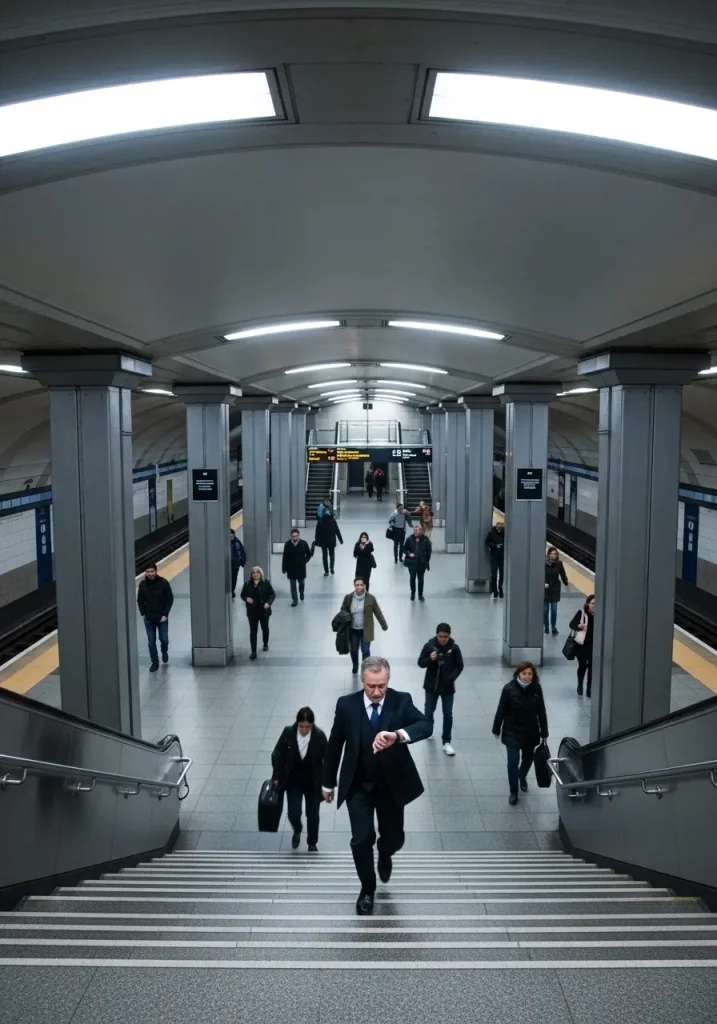
Using photography composition terms like “leading lines” helps create more professional-looking results.
Classic Film Noir
Create a film noir style shot of a mysterious woman in a hat, smoking a cigarette, low-key lighting, deep shadows, Venetian blind patterns cast on the wall, black and white, mysterious mood.
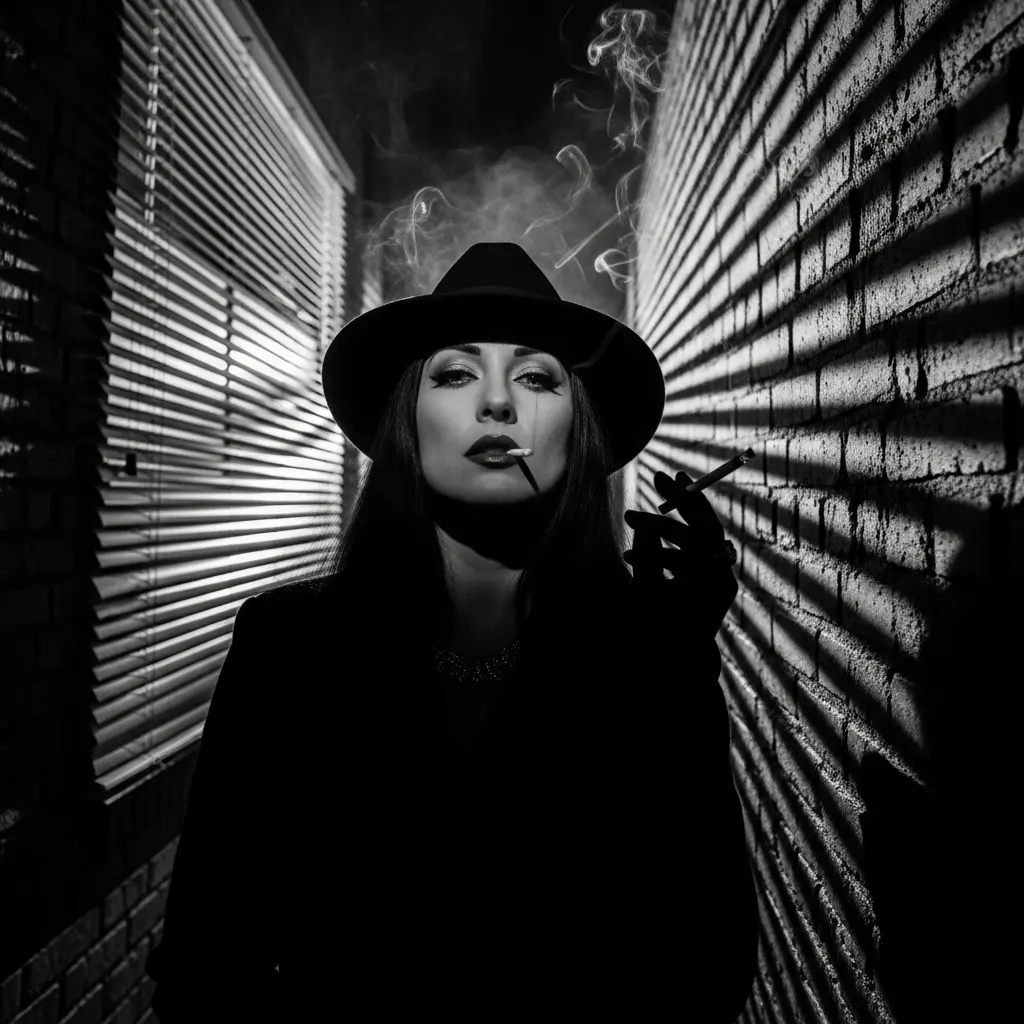
Specific lighting patterns like Venetian blind shadows reference classic photography techniques.
Concert Photography
Create a gritty, high-ISO photo of a lead singer of a punk rock band screaming into a microphone at a concert, lit by chaotic stage lights, visible film grain, capturing the raw energy of the moment.

Including camera settings like high-ISO and their effects (film grain) makes images feel more authentic.
Vintage Photography
Create an authentic-looking photo of a family having a picnic in a park from the 1960s, shot on Kodachrome film, rich color saturation, capturing the vintage clothing and atmosphere of the era.

Referencing specific film stocks like Kodachrome helps achieve period-accurate color grading.
Modern Intimacy
Create a photo of a teenager illuminated only by the screen of a smartphone in a dark room, casting a cool, blue glow on their face, modern and intimate.
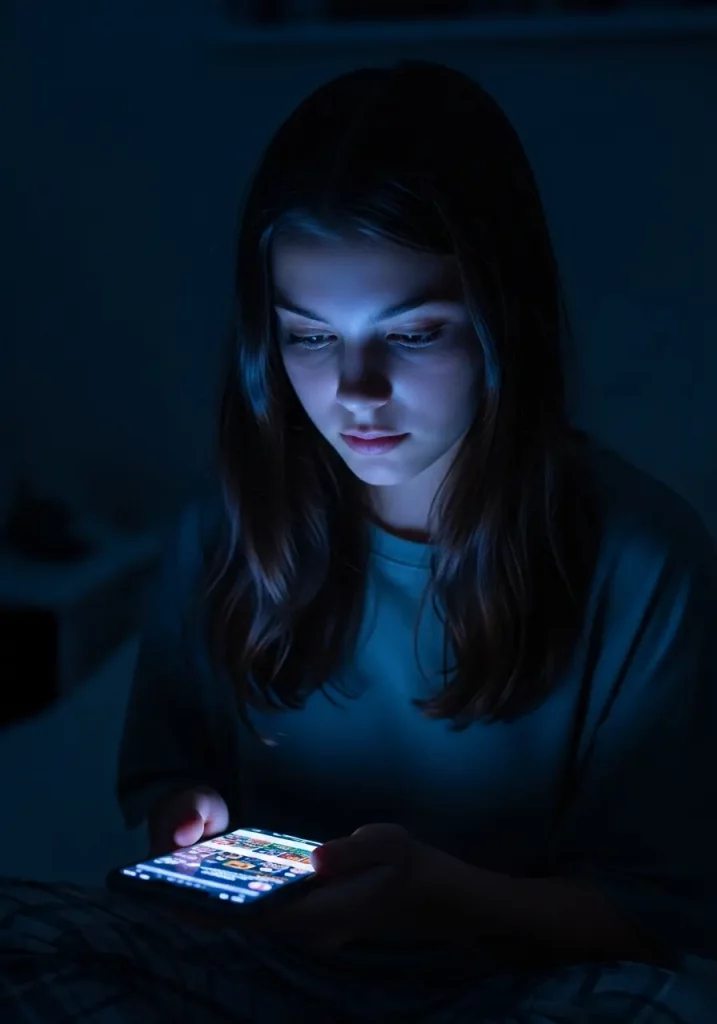
Contemporary lighting sources create relatable, current moments.
Travel Documentary
Create a documentary-style photo of an old woman buying spices in a crowded Moroccan street market, candid interaction, vibrant colors of the spice mounds, shallow depth of field isolating her from the chaos.
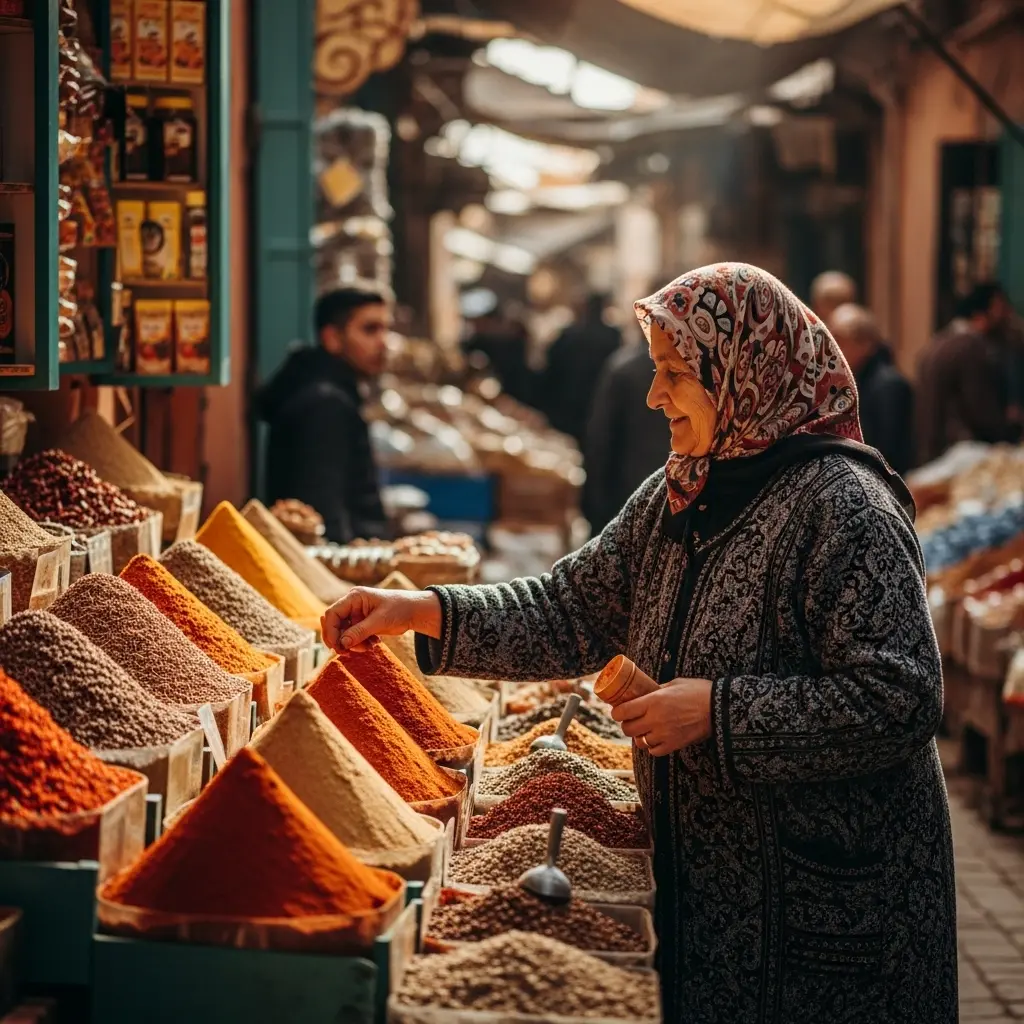
Shallow depth of field is a classic technique for isolating subjects in busy environments.
Nature Photography Prompts
Nature shots need different approaches. Here’s what worked best for me.
Aerial Perspectives
Create a drone-style aerial photograph looking straight down at a small, isolated lighthouse on a dramatic coastline, waves crashing around it, top-down perspective
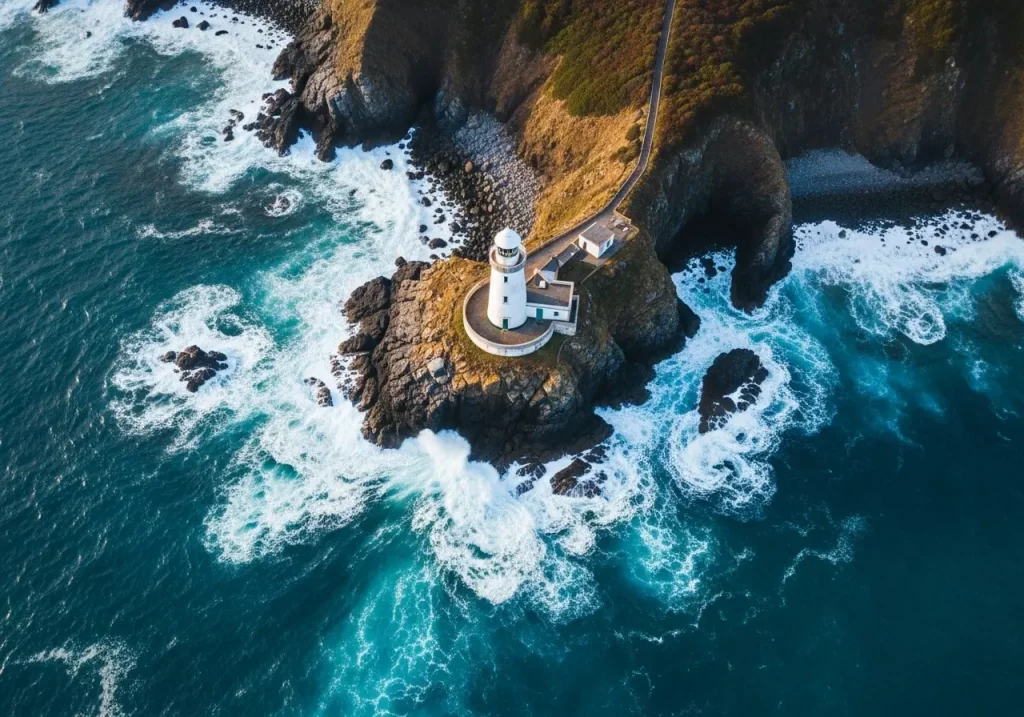
Drone photography has a distinctive look that’s immediately recognizable.
Wildlife Techniques
Create a photograph of a red fox peering out from behind a tree using the “shoot through” technique, with foreground leaves slightly out of focus, creating depth and a voyeuristic feel.
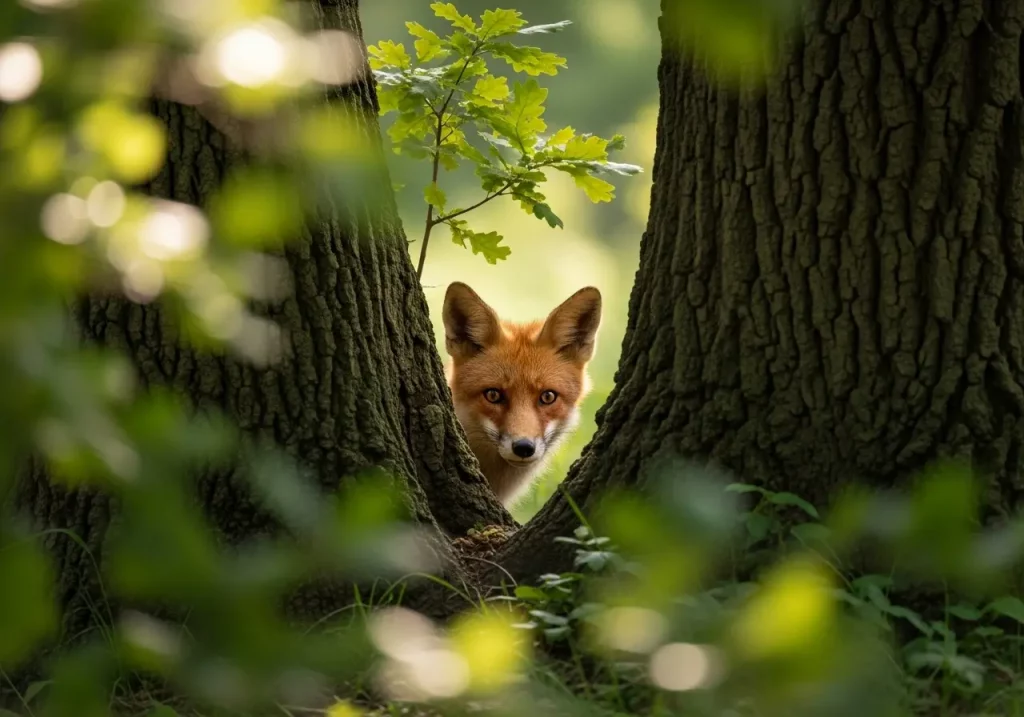
The “shoot through” technique is a real wildlife photography method that adds authenticity.
Water Photography
Create a photograph of a vibrant green coconut with a straw in it half-submerged in crystal clear water, showing the distortion and reflection at the water’s surface, ripples catching the sunlight.
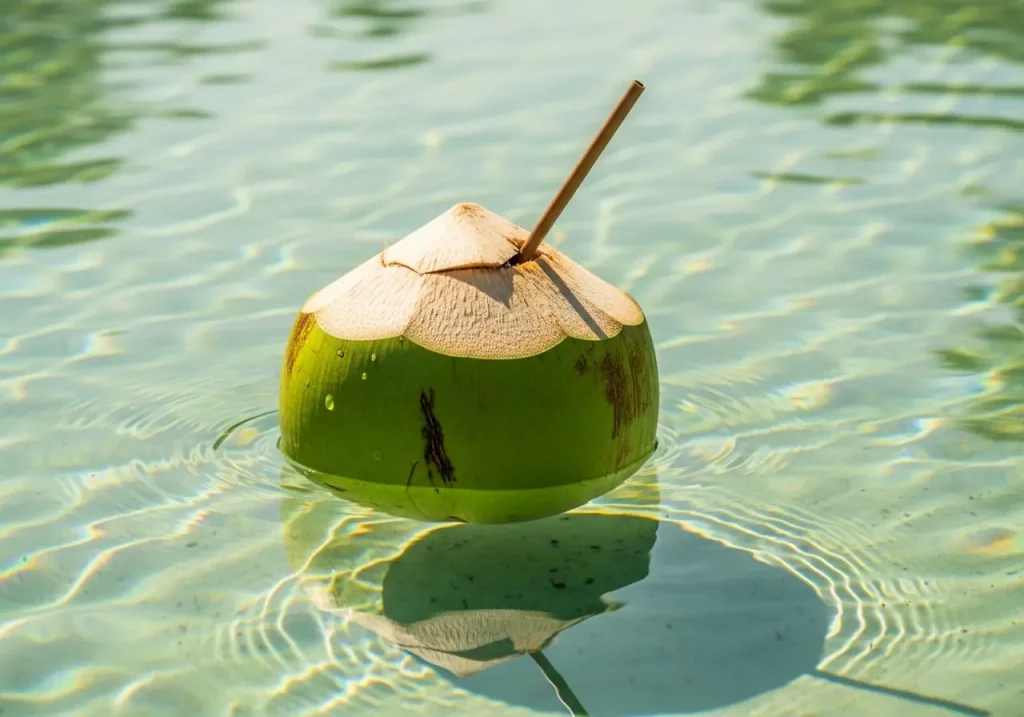
Water distortion effects are complex physics that cameras capture naturally.
Underwater Shots
Create an underwater photograph of a majestic sea turtle surrounded by light rays filtering down through the water’s surface in the Great Barrier Reef, ambient light, slight motion blur from the current.
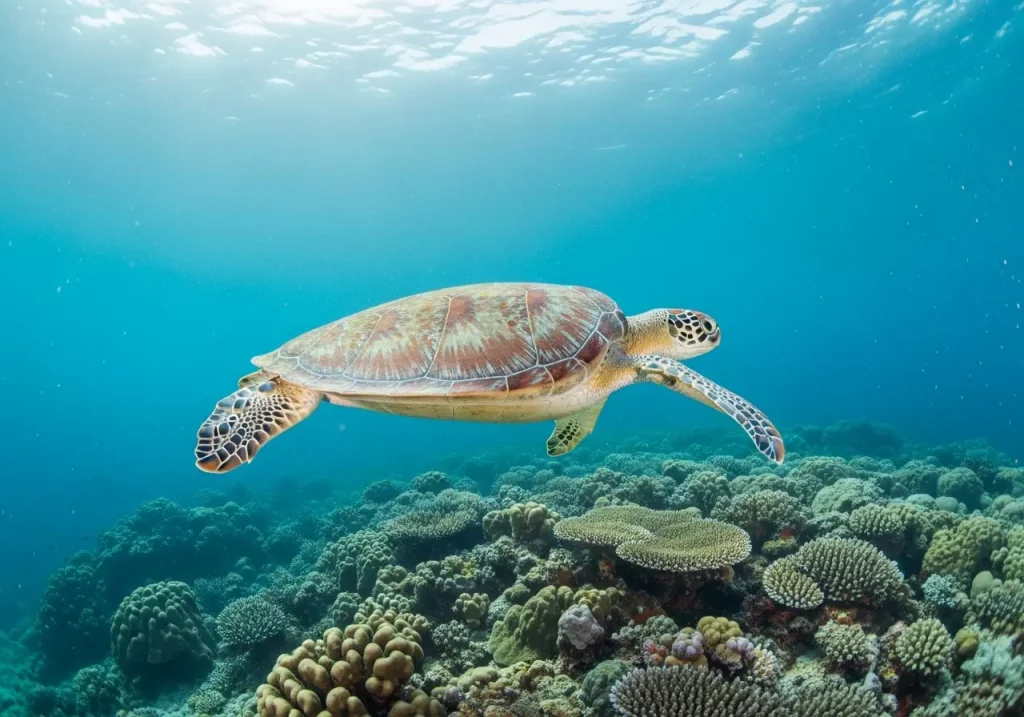
Light rays through water create distinctive patterns that scream authenticity.
Desert Landscapes
Create a wide-angle shot of a solitary camel in the vast, empty Sahara desert at sunrise, with the low sun creating long, dramatic shadows across the dunes.
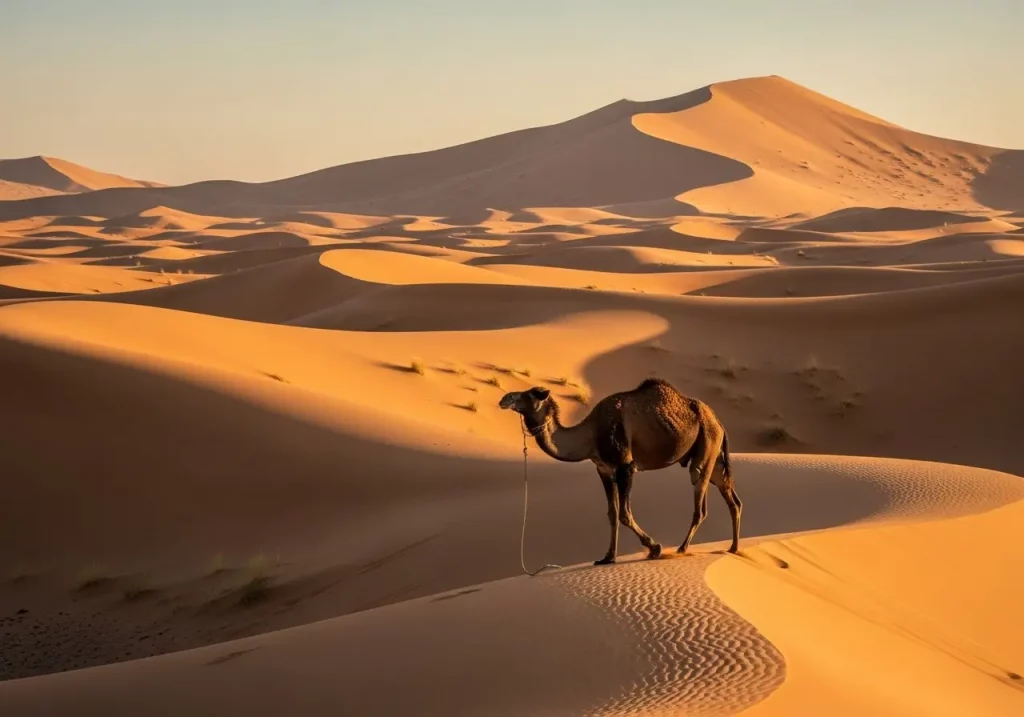
Long shadows at sunrise are a natural phenomenon that adds realism.
Mountain Photography
Create a telephoto landscape shot where a lone, windswept pine tree is a small element in a vast, majestic mountain range during the blue hour, atmospheric haze, sense of scale and awe

Atmospheric haze is how telephoto lenses actually render distant mountains.
Wildlife Silhouettes
Create a low-light photograph of a lone grey wolf howling on a ridge during the blue hour. The wolf is a dark silhouette against the deep blue and purple twilight sky, with its breath visible in the cold air. The image is grainy in an artistic, film-like way, conveying a sense of wild solitude.
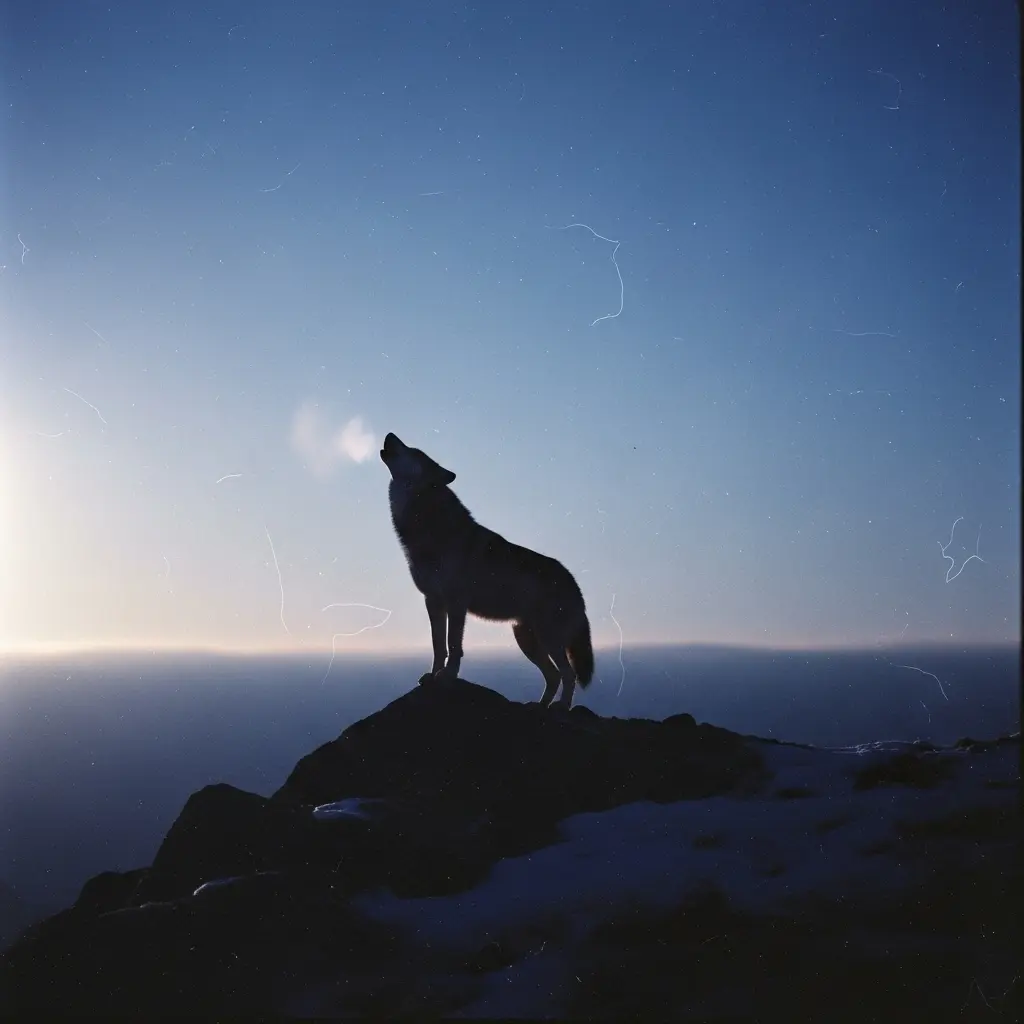
Visible breath in cold air is a detail that happens naturally but adds significant realism.
Macro Photography
Create an exquisite macro photograph of a dragonfly perched on a blade of grass, covered in morning dew. The shot is focus-stacked to keep every detail, from the intricate patterns on its wings to the tiny prismatic dew drops, in perfect, sharp focus. The background is a soft, pastel blur of green and yellow.

Focus stacking is a real macro technique that produces impossibly sharp results.
Action Water Shots
Create a photograph of a massive wave crashing against a rugged, black-rock cliff during a storm. The shutter speed is just slow enough to capture the motion and power of the swirling water, turning the spray into a dynamic, painterly blur while the rocks remain sharp.
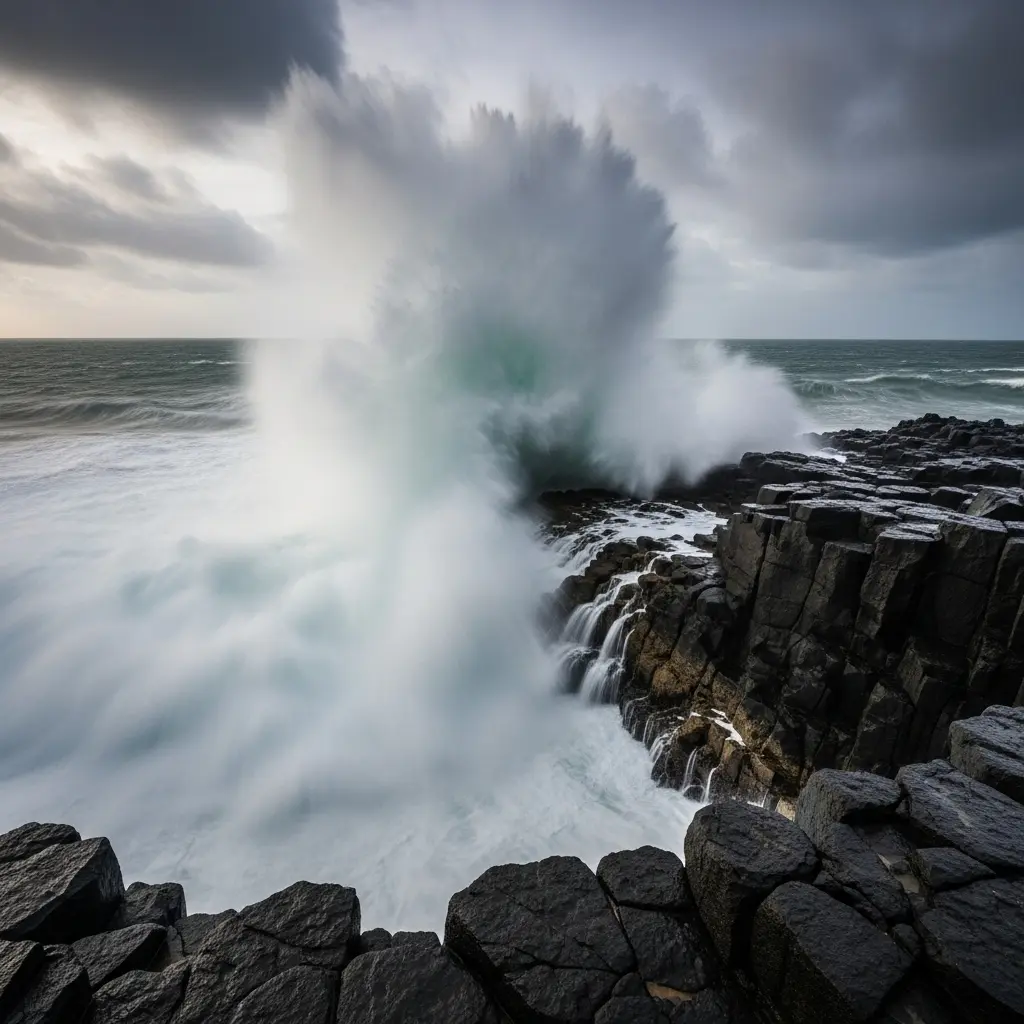
Specific shutter speed effects show understanding of camera mechanics.
Wildlife Action
Create a powerful, ultra-telephoto action shot of a bald eagle snatching a fish from a river, frozen with a 1/2000s shutter speed. Water droplets are suspended in mid-air, and the eagle’s eyes are tack-sharp, showing intense focus. The background is a soft, creamy bokeh of autumn foliage.
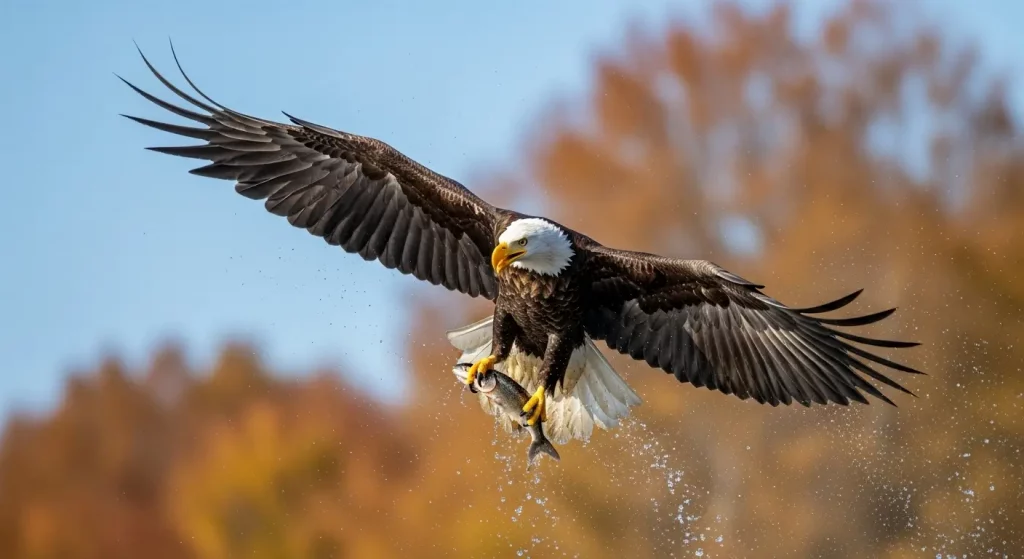
Fast shutter speeds freeze action in ways our eyes can’t see naturally, but cameras can capture.
The Imagen 4 model behind Gemini handles these technical details surprisingly well. It understands photography terminology and can create images that genuinely look like they came from a real camera.
Start with these prompts and modify them for your needs. The more specific you are about the photographic technique and mood you want, the better your results will be.
